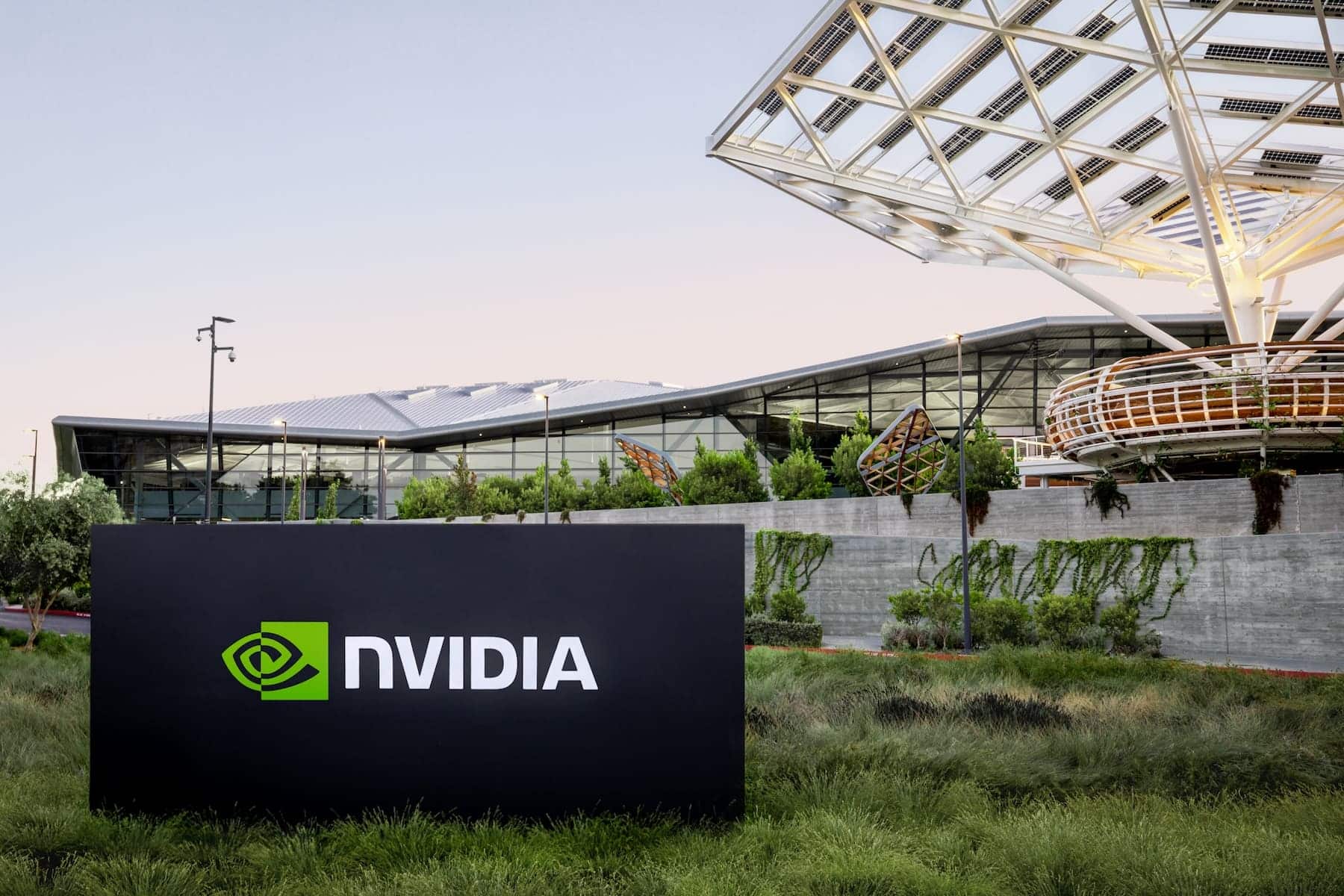A breakthrough that redefines scientific data processing
Researchers from China and Russia have achieved a milestone in scientific computing by developing a new algorithm that boosts NVIDIA GPU performance up to 800 times in material simulation and modeling tasks. This advancement, driven by Shenzhen MSU-BIT University, represents an exponential leap in computational efficiency, enabling complex calculations to be performed in a fraction of the time previously required.
This development signifies a paradigm shift in fields such as aerospace engineering, computational physics, and materials research, with implications that could transform the way large-scale scientific simulations are conducted.
What is peridynamics and why is it important?
The algorithm is based on the computational optimization of peridynamics (PD), a technique used in structural, mechanical, and aerospace engineering to analyze crack propagation and damage in materials.
Despite its utility, peridynamics has historically faced significant barriers regarding computational resource consumption. Until now, performing these simulations required supercomputers with thousands of processors, which limited its applicability in sectors where processing speed is crucial.
800 times faster with the same hardware
The research team utilized NVIDIA’s CUDA technology to optimize memory usage and execute parallel calculations, achieving an unprecedented performance increase compared to traditional methods.
Key outcomes include:
- An 800-fold increase in performance over conventional serial programs.
- 100 times faster than OpenMP-based solutions.
- Simulations of millions of particles completed in just 5 minutes.
- Complex calculations with 69.85 million iterations executed in under 2 minutes.
This advancement dramatically reduces processing times, paving the way for real-time simulations and facilitating the development of innovative materials, safer infrastructures, and advanced applications in aerospace and defense.
How does this affect the tech ecosystem?
Although the algorithm has been developed on NVIDIA hardware, China and Russia’s ultimate goal is to apply it to their own architectures, such as Huawei GPUs and other local manufacturers. This way, these countries could achieve performance comparable to that obtained with Western hardware, reducing their dependence on U.S. processors.
This breakthrough could also signal a turning point in the global competition for technological supremacy, especially in a context where trade restrictions have limited China and Russia’s access to advanced hardware.
Moreover, the development of algorithms like this could drive a shift in the scientific computing industry, promoting the use of GPUs over CPUs for high-performance tasks.
A step towards technological independence for China and Russia
With this innovation, China and Russia are taking a new step towards technological independence, demonstrating that software optimization can be as crucial as the development of cutting-edge hardware.
In the coming years, it is likely that these advances will extend to other fields such as artificial intelligence, biomedicine, and climate simulation, further consolidating their impact on the global scientific and technological community.
This breakthrough not only redefines GPU performance in scientific computing but could also alter the global technological balance, posing new challenges for the Western industry.
Source: AI News

